Laceration (Open Wound)
Get In Touch
Call Now
Monday to Friday
9:00 AM To 6:00 PM
Saturday and Sunday
Closed

Laceration
A laceration is a wound that occurs when skin, tissue, and/or muscle is torn or cut open. Lacerations may be deep or shallow, long or short, and wide or narrow. Most lacerations are the result of the skin hitting an object, or an object hitting the skin with force. Lacerations are typically caused by:
- Sharp objects such as broken glass, knife, Sheet of metal
- Blunt trauma such as a collision
- Fall
- Blow
- The term gashes may be used when the laceration is longer or deeper.
Common concerns:
- Bleeding is common.
- Pain
- Damage to skin’s underlying structures
- Infection
- Future Scars
Sutures (Stitches)
- Sutures are used for wounds that are deep, bleeding, have jagged edges, or have fat or muscle exposed. Iodine is applied to the wound edges, and to the skin surrounding the wound. A surgical drape may be positioned over the wound and taped to the skin so it does not move around (keeps the area sterile).
- If a laceration is deep and underlying tissue or muscle is also lacerated, stitches may be needed under the skin before the wound can be closed. This will re-join muscle and tissue layers. The stitches used under the skin are absorbed by the body, and do not need to be removed.
Types of Open Wound
- Incisions or incised wounds, caused by a clean, sharp-edged object such as a knife, a Razor or a Glass.
- Lacerations, irregular tear-like wounds caused by some blunt trauma. Lacerations and incisions may appear linear (regular) stellate (irregular). The term laceration is commonly misused in reference to incisions.
- Abrasions (grazes), superficial wounds in which the topmost layer of the skin (the epidermis) is scraped off. Abrasions are often caused by a sliding fall onto a rough surface.
- Puncture wounds, caused by an object puncturing the skin, such as a nail or needle.
- Penetration wounds, caused by an object such as a knife entering and coming out from the skin .
- Gunshot wounds caused by a bullet or similar projectile driving into or through the body. There may be two wounds, one at the site of entry and one at the site of exit, generally referred to as a “through-and-through.”
Treatment for Wound
The treatment depends on the type, cause, and depth of the wound as well as whether other structure beyond the skin are involved.
- Treatment of recent lacerations, 4-hours window, involves examination, cleaning, and closing the wound.
- Old laceration If the laceration occurred some time ago it may be allowed to heal by secondary intention due to the high rate of infection with immediate closure.
- Minor wounds like bruises will heal on their own with skin discoloration usually disappears in 1–2 weeks.
- Abrasions which are wounds with intact skin usually require no active treatment except keeping the area clean with soap and water.
- Puncture wounds may be prone to infection depending on the depth of penetration. The entry of puncture wound is left open to allow for bacteria or debris to be removed from inside.
Cleaning of Wound
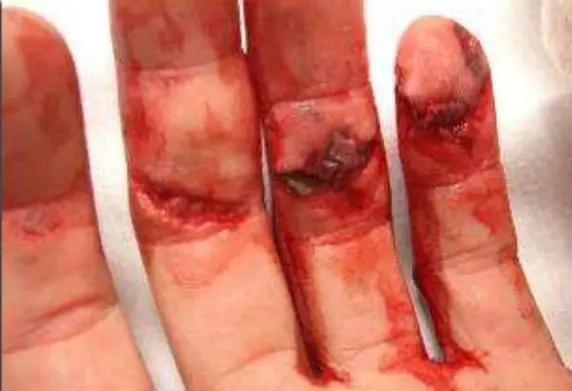
- For simple lacerations cleaning can be accomplished using several different solutions including tap water, sterile saline solution, or antiseptic solution. Infection rates may be lower with the use of tap water in regions where water quality is high. Evidence for the effectiveness of any cleaning of simple wound however is limited.
- Most clean open wounds do not require any antibiotics unless the wound is contaminated, or the bacterial cultures are positive. Excess use of antibiotics only leads to resistance and side effects.
- All open wounds should be cleaned at least twice a day with warm water and soap.
- Once the wound is cleaned, it should be covered with moist gauze. This should be followed by application of dry gauze and then the wound covered with a bandage. The purpose of a wet to dry dressing allows the bandage to adhere to dead tissue performing a mechanical debridement when removed. This allows new healthy skin to grow and prevents debris from collecting.
- When the wound is clean, it may be closed with a skin graft.
- No wound is ever closed if it is suspected to be infected
Closure of Wound
- Incisions caused by a knife or a sharp object need to be thoroughly cleaned and the edges trimmed.
- If the wounds are fresh and less than 6 hours old, they can be closed with sutures or staples.
- Any wound which more than 12 hours is old should be suspected to be contaminated and not closed completely. Only the deeper tissues can be approximated, and the skin should be left open.
- If closure of a wound is decided upon a number of techniques can be used. These include:bandages,cyanoacrylate glue, staples, and sutures. Absorbable sutures have the benefit over non absorbable sutures of not requiring removal. They are often preferred in children.
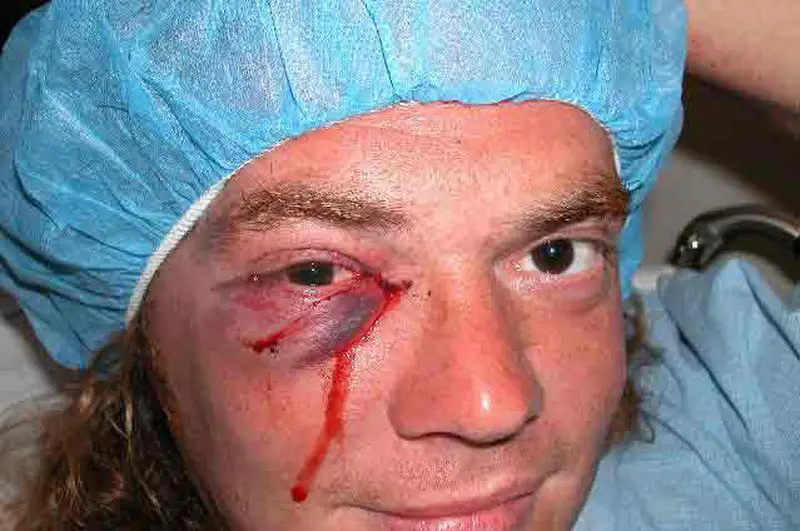
When is Lacerations Repair needed?

Below are the listed cases when you need laceration repair
- Exposed muscle, fat, tendon or bone.
- Dirt and debris in the wound, even after cleaning
- Feeling as if something is in the wound
- Bleeding continues after applying direct pressure for 10-15 minutes
- Depth more than 1/8 or 1/4 inch deep
- Location on area of high stress
- Possible intense scarring
What does the Lacerations Repair entail?
- The doctor shall decide if you need a surgeon or not.
- The doctor shall ask about the patients’ medical history, allergies and how the wound occurred.
- He/she shall also discuss the patients pain tolerance and options for closing the laceration.
- Local anaesthesia is done for minor lacerations. This will numb the area around the wound.
- General anaesthesia, while present in the hospital, is done for severe lacerations. It will block pain and keeps the patient asleep.
- In some cases, you will not need anaesthesia.
Complication of laceration Repair
If one has a laceration repair then the doctor may review a list of possible complications:
- Infection
- Bleeding
- Noticeable scarring
- Poor wound closure
- Allergic reaction to anaesthetic
Recovery after Lacerations Repair
- When the patient returns home, he/she should ensure a smooth recovery.
- One should avoid strenuous activities.
- One should take antibiotics and pain medication as directed.
- The patient should ask the doctor when it is safe to shower or bathe.
- One should not pick at or scratch the wound.
- One should not try to remove the closure material by himself/herself, as that could cause infection, scarring or reopening of the wound.
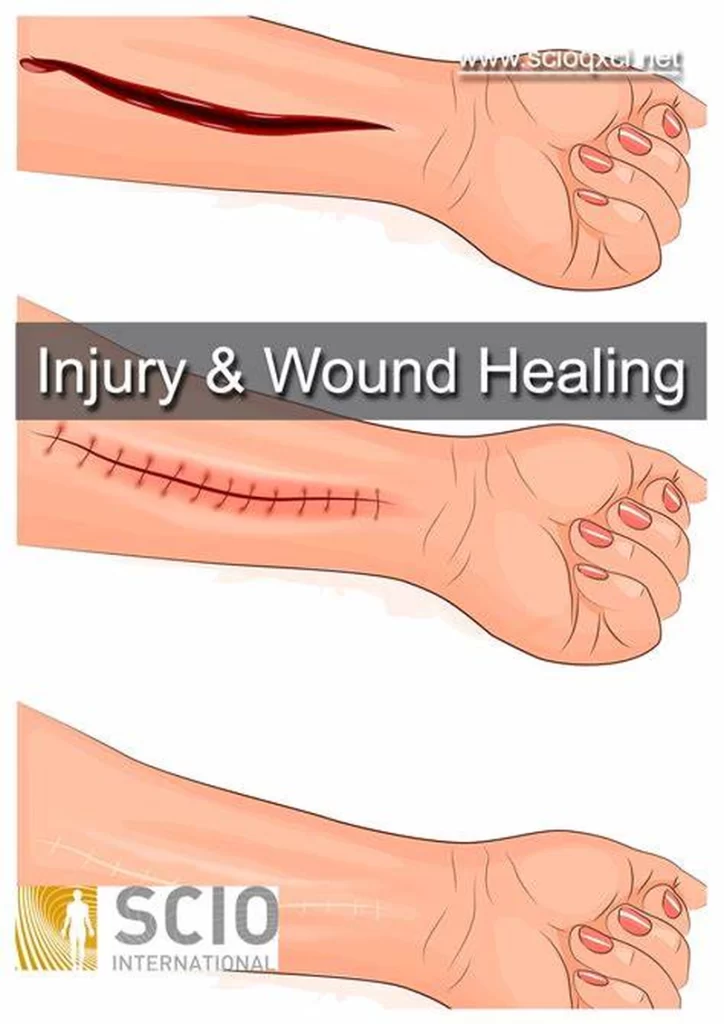
Contact your doctor if any of the following occurs:
- Wound reopens
- Redness, warmth, swelling, drainage or excessive bleeding occurs at the wound site
- Signs of infection, including fever, chills or red streaks tracking up arm or leg
- Spasm or rigidity of muscles in jaw, neck, abdomen or an area near the wound.
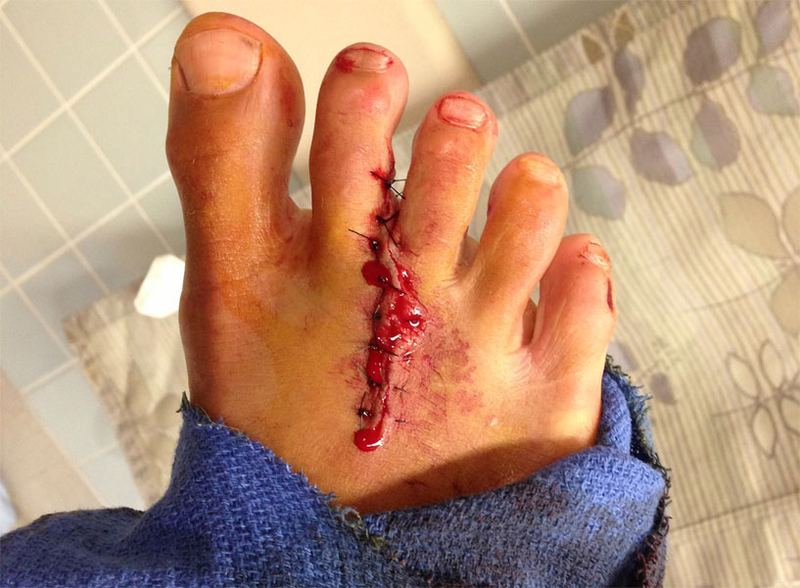

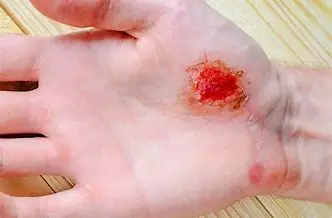
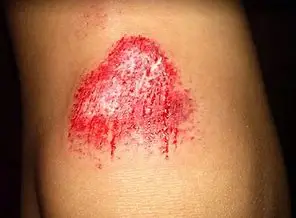
What Patients Say
Our Testimonials
Why patients trust Dr. Farah with their health

Came in with a headache and started to feel sick. Had a big trip for New Years, therefore I had to solve my problems quickly. Dr. Farah helped me right away and treated all my problems, he saved my weekend. Will come here again soon.
Melanie Warner

I was in a lot of pain and I walked in and the receptionist was so lovely. I was into see the doctor within five minutes and he listened to me and was wonderful. I’ve been to a few urgent cares and this one by far is the best !
Tiffany Lee-Frank

I absolutely love Dr Farah and his whole staff on the medical and the spa side. I’m not just saying this, Dr Farah has been my doctor over 10 years and I’ve been using his Rejuvenate spa for about 4 years now. I would give them 10 stars if I could!!!
Lori Brooks

Ashley and Anna are friendly and made me feel welcome and at ease. Dr. Farah was very understanding and answered all my stupid questions. They were all very professional and patient with me.
juli ross
Providing Urgent Care for non-life-threatening health complications
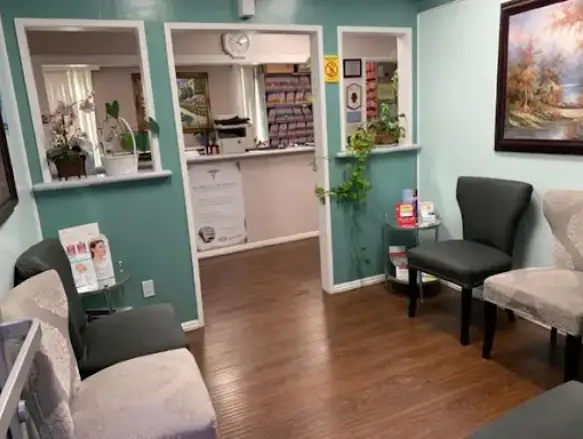
Urgent care services
Monday to Friday
9:00 AM To 6:00 PM
Saturday and Sunday
Closed
17130 Ventura Boulevard,
Encino California 91316






